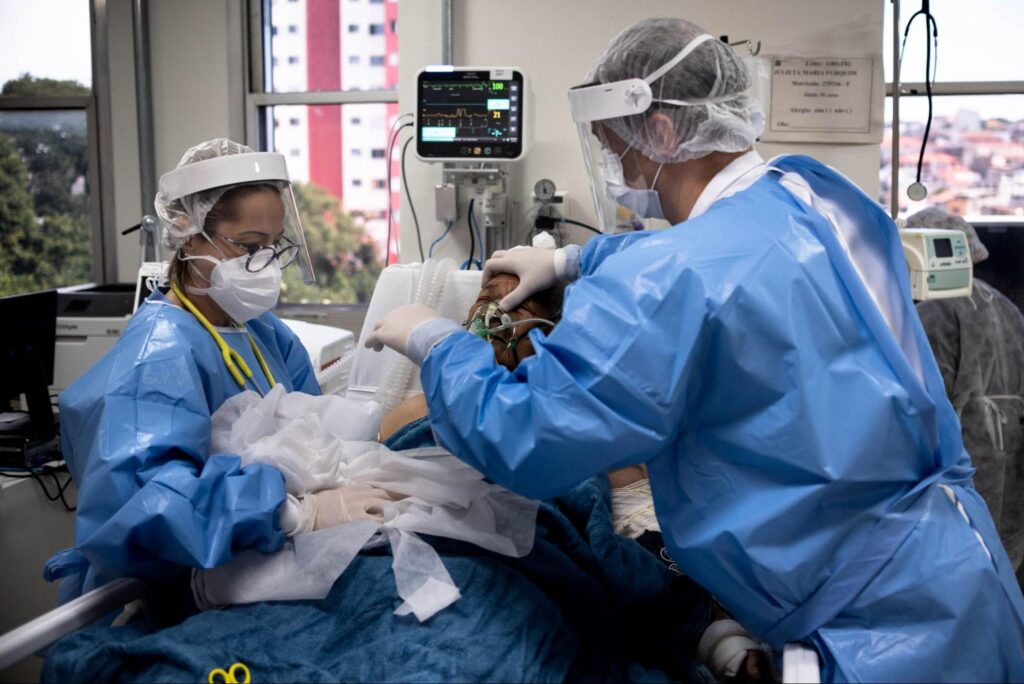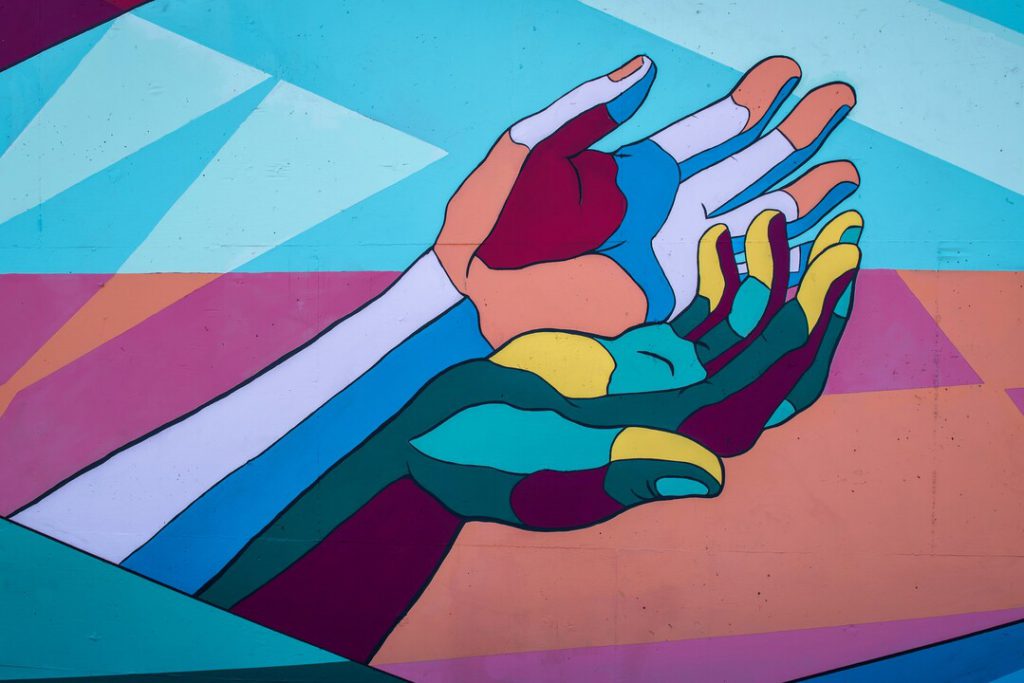When PATH, a global health non-profit, commissioned a project to help craft the strategic roadmap for medical oxygen supply across multiple states, India had transitioned from the worst of the second COVID-19 wave.
But apprehensions remained.
Hospitals had struggled with an acute shortage of supply of medical oxygen in the country.
Because of the urgency, funds had poured into bolster the provision of medical oxygen centered around the third wave. Government, corporates, philanthropies and foreign aid added an estimated $600 million to $1 Billion to ramp up the infrastructure.
However, our direct observations across 13 states in the country showed us that priorities were rapidly shifting to now focusing on a rapid return to ‘normalcy’.
With this knowledge, we set out to answer a really tough question: was the newly enhanced medical oxygen ecosystem becoming a white elephant?
Understanding Oxygen Infrastructure in 13 Indian states
The demand for medical oxygen had skyrocketed during the pandemic. As states scrambled to provide relief, it was clear that the medical oxygen system had leaks, metaphorical and literal.
Our first step was to understand these leaks and then plan ahead.
The team, including Saikat and Savleen, fanned out across 13 Indian states, meeting a number of key decision-makers in the state from the National Health Missions to the Oxygen Nodal Officers to visiting key COVID-designated hospitals. The team also visited primary and secondary, health care centres, oxygen refillers, and other technology providers conducting 150 interviews in the space of 1.5 months.
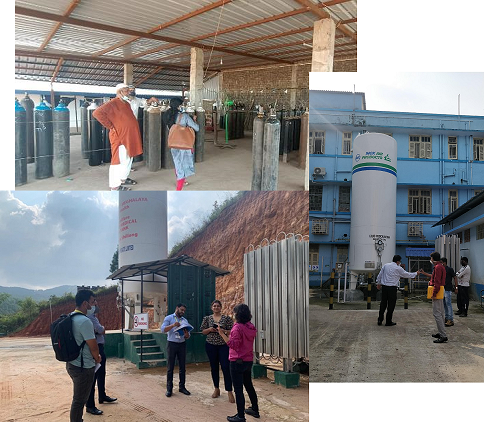
Two overwhelming messages came through in the gathered responses:
1. The COVID-19 waves were managed through a surprising coalition of government departments and tiers, public-private partnerships and strong citizen commitment, seldom seen otherwise
2. A visible gap in understanding, across the board, on how to manage and utilise the massive infrastructure set-up
The Tough Questions on Medical Oxygen
As the research went on, the availability of vaccines as a preventive tool changed the mood in the country. India’s attention was now on mobilising resources for vaccination drives, and a steady return to normal. In this new context, we were confronted with new challenges by the stakeholders:
What happens if the demand for oxygen dips after the pandemic? -With the upgraded equipment, the capacity to produce oxygen now was now 10x to 20x of the normal daily demand
How would critical equipments like the new Pressure Swing Absorption (PSA) be run? Wouldn’t they need round-the-clock monitoring by skilled biomedical staff?
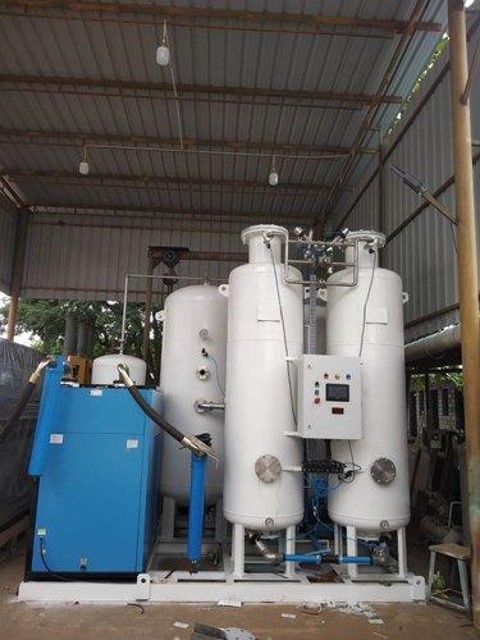
More questions were seen coming from the medical fraternity. Senior doctors asked if it was wise to use PSAs to supply oxygen to the ICU, due to a fear of pressure dilution and lower levels of oxygen purity. The new machines would cause a significant increase in electricity expenses for the hospitals – why would they choose it over traditional systems? Who would provide maintenance cover and who would foot the bill? Should the state continue to focus on building Liquid Medical Oxygen infrastructure or install PSAs?
These pertinent questions were raised by all stakeholders, and unfortunately, the answers were hard to find.
From fixing the leak to fixing overcapacity
In light of these questions and the rapidly changing scenario, the team decided to reframe the focus from fixing the leaks to fixing the perceived overcapacity in the system. We created a strategic roadmap for the states that placed an emphasis on treating the medical oxygen infrastructure as a national asset. The infrastructure needed smart and creative fixes to a lot of systemic healthcare issues.
There were three pathways in the strategic roadmap:
1. Meeting oxygen demand
2. Fixing operations and maintenance
3. Establishing governance
Experts consider Tuberculosis and Postpartum Hemorrhage two chief cases for medical oxygen requirement. We discovered that there was a large unmet need for both in India. Anecdotal evidence from several doctors and experts suggested a large burden of undetected and untreated cases. Often initial symptoms of TB are diagnosed as normal cold and cough. When these cases worsen, they unfortunately land up in the tertiary care system. Similarly, women requiring care in cases of Post-Partum Hemorrhage are often shifted from a Primary Healthcare Centre to the nearest Tertiary care unit – resulting often in complications and death. We deduced that this can be better managed at the PHC with the adequate availability of medical oxygen infrastructure and trained staff.
Appropriate medical oxygen production and supply infrastructure also depends on a couple of factors – the population and the LMO supply chain. Based on the team’s analysis, a unique District Archetyping was recommended for the state administration; this would help them to take a quick decision on the infrastructure necessary for every district – which included potential decisions like transferring excess cylinders and oxygen concentrators to PHCs, setting up automatic switchovers at manifolds in large tertiary hospitals, to ensure PSA supply safely to ICUs and many others.
Conclusions at the PATH Conclave
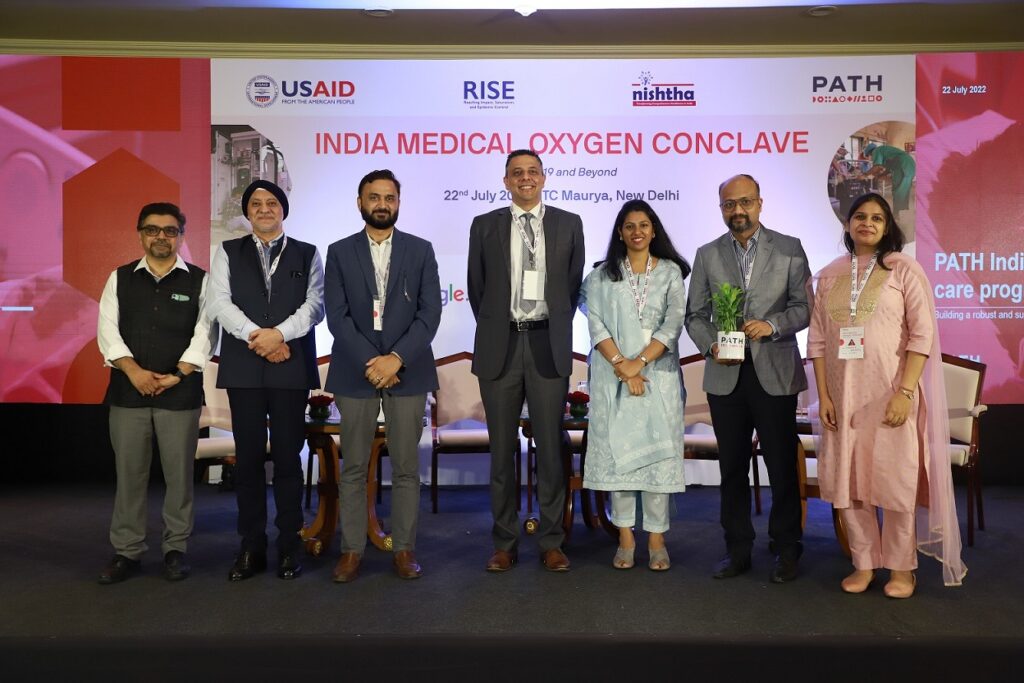
The roadmap and recommendations were presented to a number of state governments, and are currently under high-level studies. Some states like Jharkhand have in fact accepted the recommendations, lending more weight to our efforts and ideas.
A Medical Oxygen conclave was held by PATH in July of this year, where it invited representatives from central and state governments, donor communities, other non-profits who worked collaboratively during the COVID response, to share their experience. Saikat Ghosh, our Managing Partner, X-Leap was invited to share views on the road ahead, in the panel discussion.
Saikat appealed to the senior bureaucrats, the donor community NGOs and relevant private sector players (such as the industrial gas ecosystem, etc.) to urgently come together to re-organise the medical oxygen infrastructure such that it truly becomes a national asset and not be remembered as a white elephant.
The way we see it, the medical oxygen ecosystem in India is truly primed to implement Human Centered Design Solutions – to be truly patient-centric. We realised that providing the space to stakeholders to ask the tough questions, is the starting point to design a solution that can truly be acceptable by all.
The consulting team of Revathy S, Aakriti Gupta, Satya Bhushan Aggarwal, Dhruv Mohan, Chesta Sharma, Siddhant Srivastava, Medha Kulkarni, Savleen Kaur, Saikat Ghosh, set up by Flexingit.

